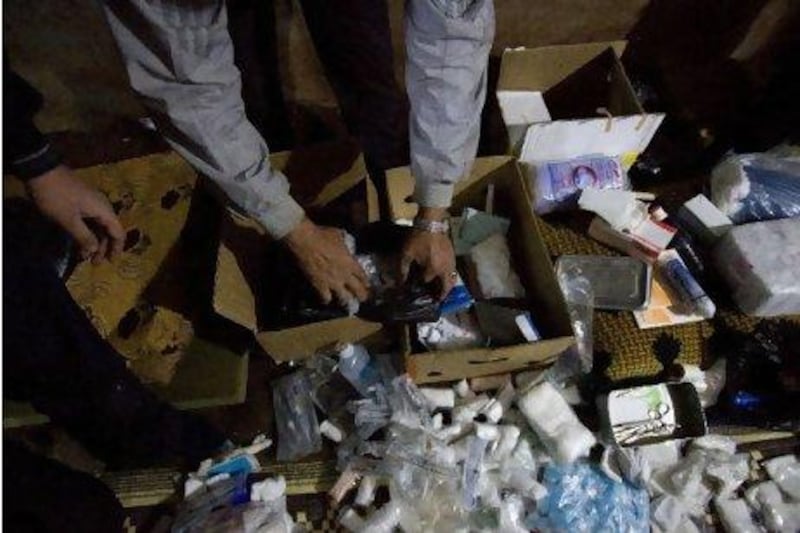Perilous and tragic, a desperate situation persists in Syria: thousands killed, tens of thousands injured and still the bloodshed continues long after the uprisings began.
Natasha Fillion is a Canadian photojournalist whose work has taken her to some remarkable places in the past 18 months: in October 2010, she was commissioned by Plan International (one of the oldest and largest children's development organisations in the world) to help the young residents of Port-au-Prince to record the realities of life in the post-earthquake landscape of the Haitian capital.
With Fillion's assistance, her students produced a stunning series of photographs, images that were widely trafficked online and, according to the photographer herself, ones which exceeded her expectations. In among the pictures of disconsolate relatives attending another funeral and quake-damaged buildings leaning at impossible, gravity-defying angles, there was hope too, etched over the face of a beautiful baby in one image and in the half-suppressed smile of a street food vendor cooking up some delicious treats.
March 2012 finds Fillion on the Turkish-Syrian border as she prepares for another expedition into Bashar Al Assad's hellish kingdom.
She took the pictures you see here in the dying months of last year and while many have chosen to record the front line of resistance in Syria, attaching themselves to protesters as they demonstrate on the streets against Assad's bloody regime, Fillion's images record the realities of the front line of recovery and rehabilitation.
In the months since the opening salvos cracked Syria last year, public hospitals have become easy targets for the security forces. They are regularly raided by the authorities as they search for injured protesters to carry away to prison and to persecute.
A network of "secret hospitals" has sprung up almost in spite of this situation, manned by doctors and nurses and fuelled by supplies shipped from overseas.
The men and women who work in these facilities do so amid considerable danger and almost impossible circumstances and even that term ("secret hospital") seems a gross overstatement.
In reality these are ill-equipped, makeshift clinics that pop up in a house here or a remote building there, and are broken down as quickly as they emerge, as opposition activists attempt to avoid detection and the bitter retribution that would surely follow their discovery. These clinics exist because activists who seek medical assistance are regularly turned away from public hospitals. Many doctors who work in those institutions do not want to be seen to be treating those who oppose Assad.
Fillion's images record, in a deliberately subdued, thoughtful and sympathetically framed manner, the conditions the "secret hospital" workers endure, as the uprisings continue to flicker and flame in Syria.
She says of her work that she wanted to show examples of the struggles Syrians are facing every day: "Health care is a particularly grim situation and much of the work and funding going toward the revolution is put towards helping the injured, bringing them over the border to Turkey, setting up these secret clinics and smuggling medical supplies and blood into the country."
But there is no happy ending to this story, according to Fillion: "This is only the tip of the iceberg when it comes to how difficult life is for the people of Syria."
Nick March is editor of The Review.






